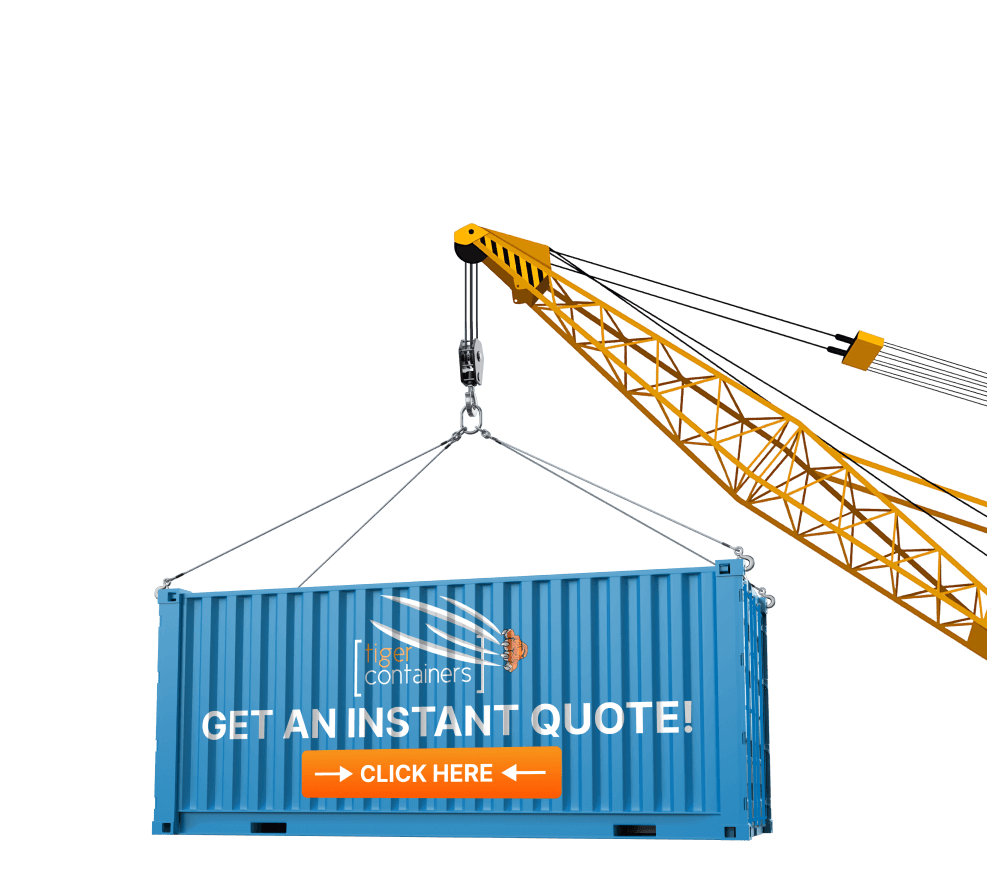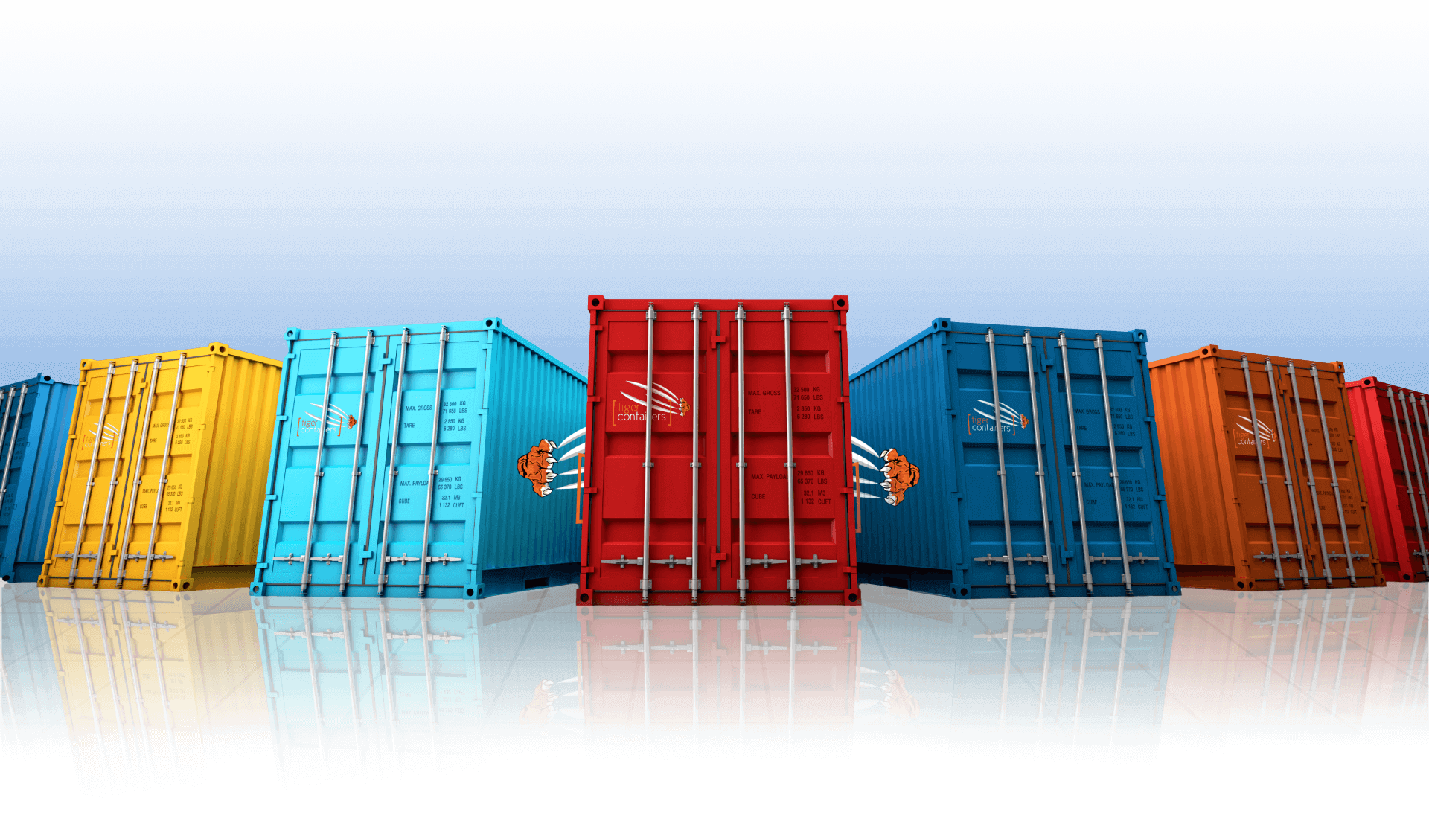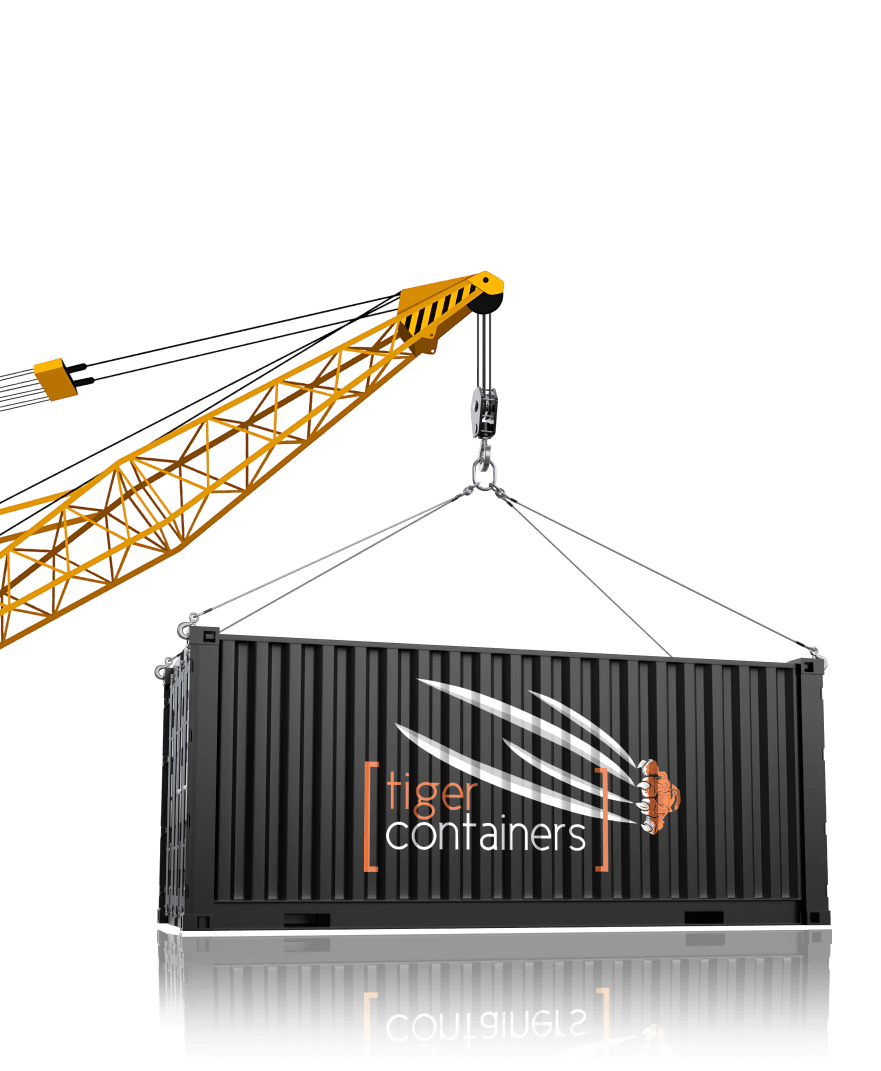As the world’s population continues to grow, so does the need to import and export products and goods, and one of the main ways goods are transported globally is inside shipping containers aboard container ships. So what are the emerging trends in the shipping container industry, and what does the future hold for shipping containers?
CONTAINERISATION
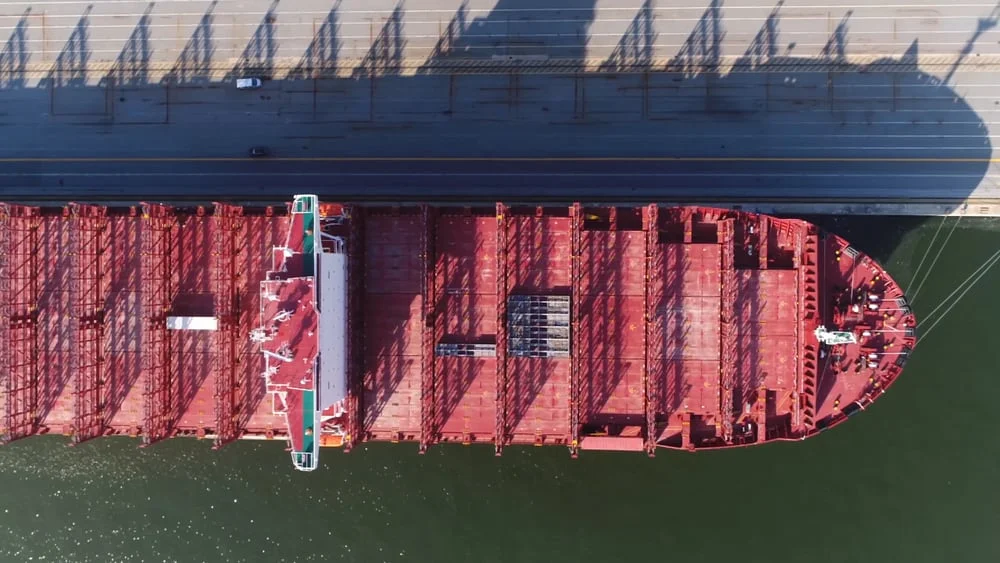
Containerisation means adapting products and packaging to suit transportation within a shipping container. Manufacturers across the globe are focusing more and more on containerisation. Instead of simply manufacturing products and loading them onto pallets, manufacturers are taking into consideration the internal dimensions of a shipping container and adapting their methods to fit those dimensions.
This leads to more efficient use of available container space, as well as better protection for the goods being transported.
In a more broad sense, containerisation can simply mean using shipping containers to transport goods from one port to another, as well as ships being purpose built to safely carry shipping containers.
SUSTAINABILITY & ENVIRONMENTAL CONCERNS WILL BE A FOCUS
With more of a focus on the impact the ships themselves have on the environment, more and more regulations are being introduced to reduce any environmental impact container ships have on the oceans they travel, and the ports where they dock.
As the entire world focuses on climate and the environment, logistics chains prefer to work with shipping companies that are striving to do their part to help save the planet, so the onus is on these shipping giants to bring their methods of transportation into line with changing regulations, as well as the general perception of what’s expected.
From logistics to shipping, the industry is investing in new technologies designed to reduce the environmental impact right across the board.
TECHNOLOGY & TRACKING WILL PLAY A MAJOR ROLE
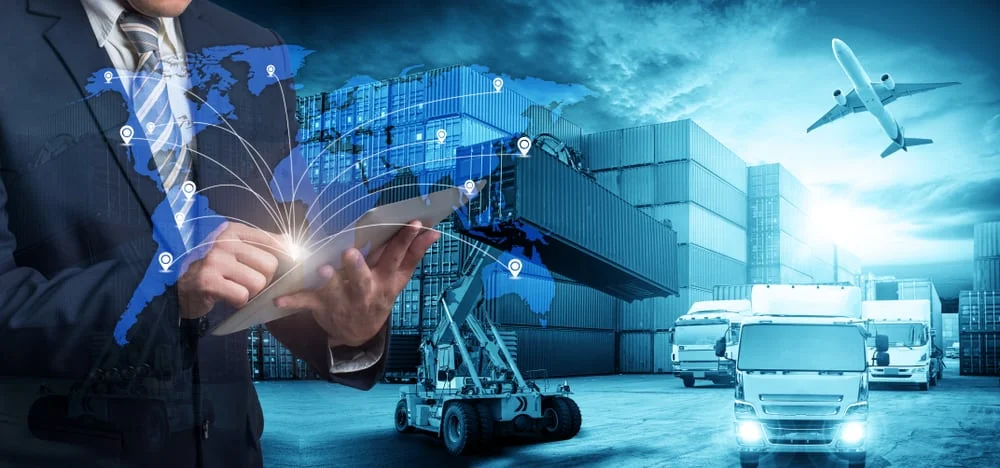
“Smart Containers” is a phrase being bandied about in shipping container circles of late, and the smart container is an advancing trend that will only continue to spiral upwards as technology advances to even greater heights.
Smart containers are primarily about advanced container tracking and increased security for the goods contained inside.
Better tracking means faster and more efficient movement of the shipping container from one place to another. It can also expedite a container’s clearance through customs. A speedier process is not only far more efficient, but also infinitely more profitable.
There is a lot to keep track of when it comes to transporting even just one container, with a possible 28 data points along its travels. Worldwide logistics can be very complicated, so more and more containers are being fitted with tracking devices that are much like a GPS. These devices can constantly monitor things like:
- The whereabouts of the container at any given time
- Whether the shipping container is still securely locked
- Monitor the ambient temperature inside the container
- Monitor moisture levels inside the container
- And more…
Fitting this new and innovative technology to a container is as simple as attaching it to the shipping container’s doors. There is no need for container modifications.
PORT UTILISATION WILL NEED TO DIVERSIFY
With the growth of the container industry, ships are becoming bigger and bigger and ports are becoming far more congested. There will be a need to spread out the workload, with some container ships docking at other nearby ports, rather than all converging on the main port.
This will likely mean that smaller ports will need to be modified in order to accommodate larger vessels and an increase in shipping container activity on the docks. Without port diversification, major ports will just become even more congested to the point where the shipment of cargo containers will be slower rather than faster, as new technology intends.
A positive that is emerging from this trend is that there is less incidence of vessel scrapping, as more and more vessels are required to keep up with transport demands.
CONSOLIDATION & MERGERS
In recent years, mergers and alliances between carriers has been on the rise, consolidating the shipping container industry, which leads to concerns about these giant corporations forming monopolies, and therefore being able to dictate terms when it comes to prices, timeframes and logistics in general.
As of the start of 2018, it was reported that the top 15 shipping container carriers accounted for more than 70% of the market share. By mid 2018, the figure had evolved to 70% being dominated by the top 10 carriers.
This figure will increase as more and more mergers and alliances form in coming years.
The outcome could result in higher transportation costs, lower quality of service and slower shipping times.
SHIPPING CONTAINERS ARE FAR MORE THAN JUST TRANSPORT VESSELS
One of the biggest growing trends globally pertains to the shipping containers themselves. No longer is a shipping container only used for transporting or storing goods. These days containers have launched a new building and modification trend that sees shipping container being repurposed for all sorts of new and innovative ideas.
Because they are constructed from solid and very sturdy steel, and much of the build is already in place, it’s actually quite easy to refashion a shipping container into things like:
- A backyard workshop or shed
- A granny flat
- Home extensions and new home builds
- Pop-up stores
- Roadside and mobile kitchens, bars and cafes
- Ablution blocks
- On-site offices
- Home offices
- Man caves
- And many more ideas…
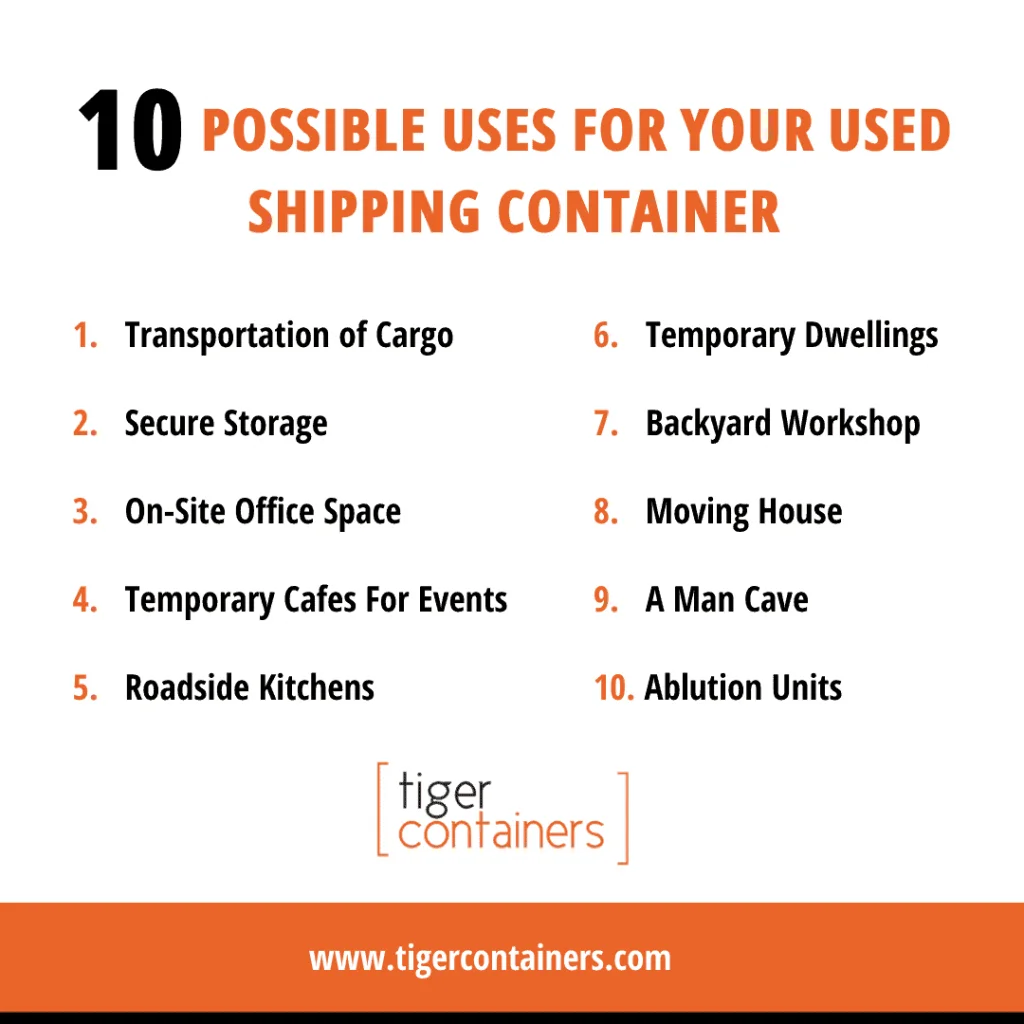
Shipping containers – whether brand new or used – are cheap to buy and fairly inexpensive to modify. This makes them a very cost effective building material.
Much of the modifications can be done by your local container supplier off-site, then the finished product delivered to wherever you need it to be.
Recycling used shipping containers for new purposes also prevents them from ending up as useless hulks of metal in landfill.
THE TAKEAWAY
There are definitely some positive and negative trends in the shipping container industry’s future, but overall the future of shipping containers looks more positive than anything. Containers are definitely one of the preferred building materials of the present, and that’s a trend that looks certain to rise in years to come.
Sources:
https://en.wikipedia.org/wiki/Containerization
https://worldmaritimenews.com/archives/261879/unctad-7-key-trends-impacting-the-shipping-industrys-future/






